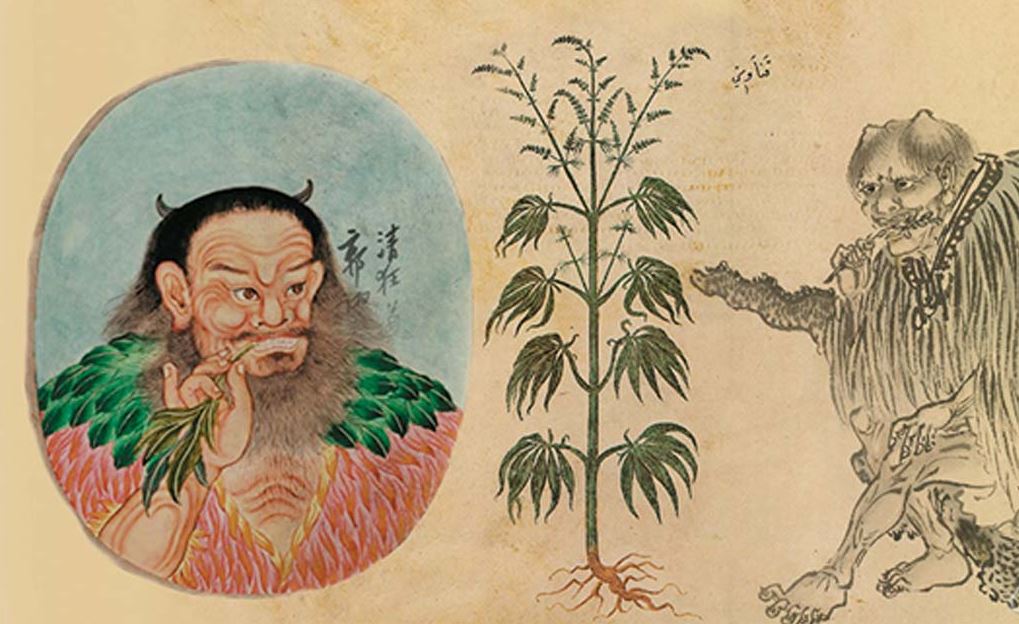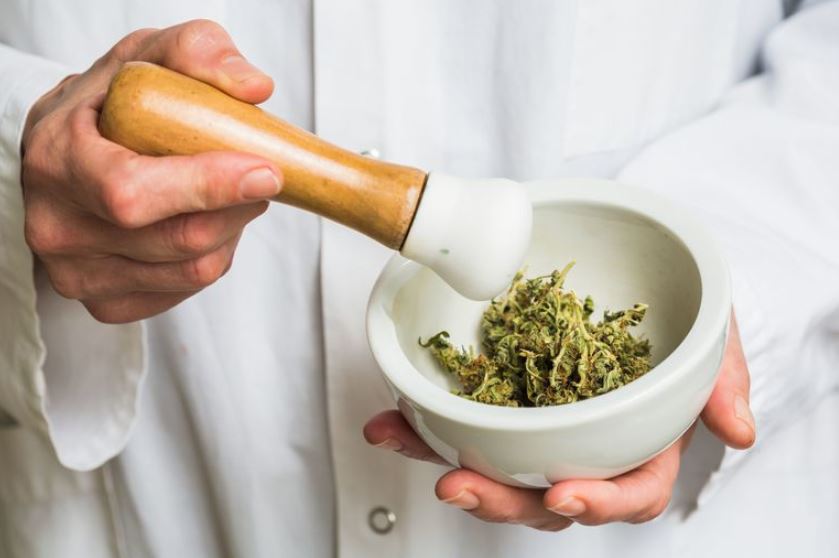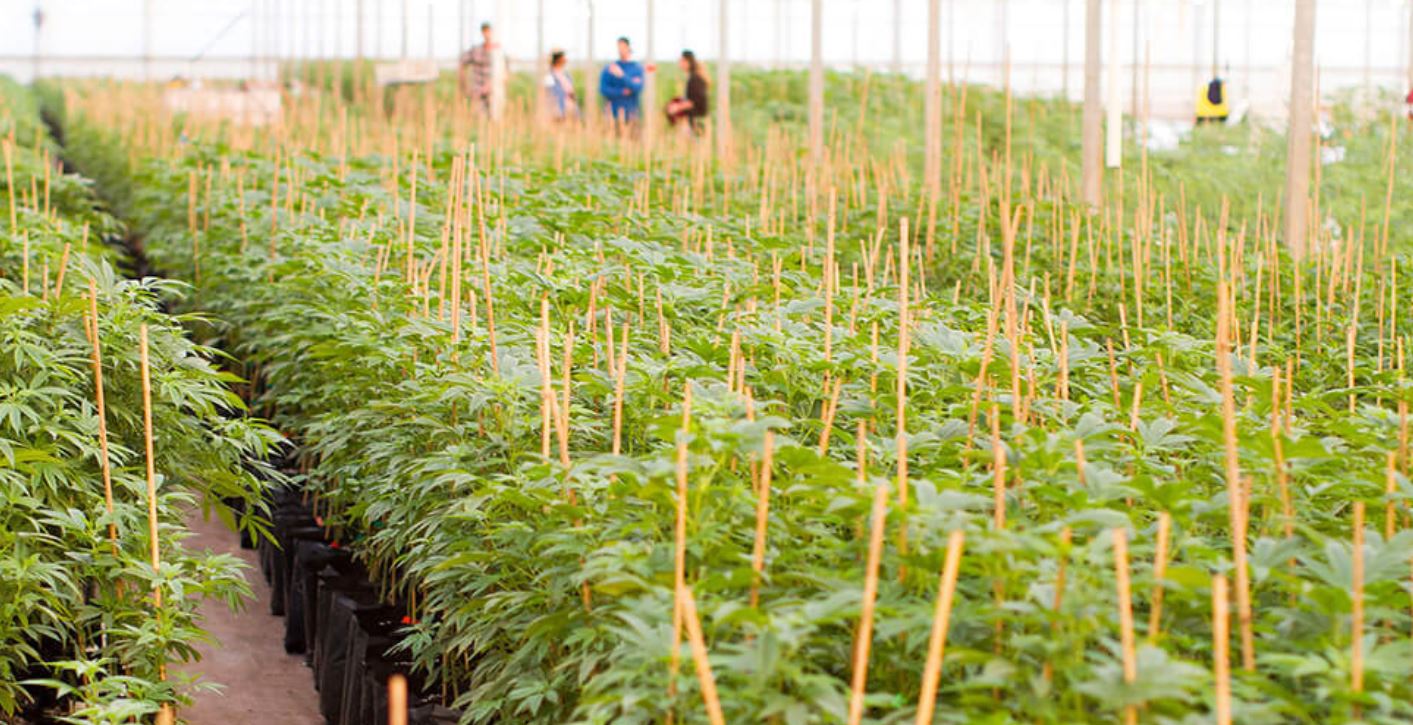Cannabis enthusiasts have all packed a quality bowl and taken some time to admire it. It’s safe to say that users of marijuana have recognized a particular brand because of its quality. Nothing beats the feeling of purchasing a great bag that is going to leave the body with various health benefits. Even so, many have wondered where the plant came from.
History of Marijuana

Also referred to as cannabis, marijuana has been used for centuries. Cannabis is the scientific name of a genus of flowering plants in the family Cannabaceae.
Many ancient cultures grew the plant as herbal medicine. Around 500 BC, communities in Asia embraced its use. In America, the use of cannabis dates back to the era of the colonists who were prominent for growing hemp to be used for textiles as well as rope. In the 20th century, political factors played a role in the criminalization of the drug. The legal status of the use of the drug is changing. Hemp oil has vastly evolved over the years. Since it’s a fast-growing herbal plant that’s also easy to cultivate, cannabis has many uses. As the population of the world skyrockets, the demand for food has placed pressure on various producers. They have succumbed to the current industrial farming methods. Therefore, farming was done in mass production to cater to the growing demand for food.

Producers Embrace Healthy Food Production
Most producers failed to practice environmental preservation during production. This led to a significant amount of damage on the earth. Products were also destroyed. Toxic elements including pesticides and damaged fertilizers have been normalized in the production process. The current farmer barely thinks of the side effects of the chemical compounds used in farming on food. Consumers don’t take the time to think about how the fresh summer squash got into the grocery store before consumption. Over the years, producers have learned more about the usefulness of utilizing better production methods in farming. Some individuals strive for quality instead of quantity. This provides consumers with high-end products.
Production of Marijuana

Marijuana is widely used as a medicinal herb. The non-addictive substance is visible with various strains that can be counted. For most of the drug’s existence, it has been illegal in many states. Therefore, most individuals don’t grow it. If farmers are keen on how they grow vegetable, they should also observe how they are growing marijuana since it’s become a commonly used plant. If consumers prefer organic salads, they should also demand to be supplied with organic marijuana.
Marijuana research

For much of the 20th century, cannabis research was challenging because the plant was illegal in most countries. Research-grade samples were extremely difficult to obtain, unless granted under a special authority of national governments.
Another problem with marijuana research is that most smokers also smoke tobacco. This causes confounding factors. For example, if there is a cancer risk, is it caused by cannabis or tobacco smoking?
Since the turn of this century, many governments have become less strict regarding marijuana research. Studies have either confirmed or suggested that the plant has dozens of therapeutic benefits.
Tips
Choosing quality marijuana is crucial whether you’re using it for medicinal purposes or recreationally. Here are ten tips to help you select the best product:
1. Check for Certification:
- Look for Licensed Sellers: Ensure that you are purchasing from a licensed dispensary or retailer. This guarantees that the product has undergone necessary quality checks.
2. Inspect the Appearance:
- Color Matters: Quality marijuana should have a vibrant color. Look for greens, reds, or oranges, and be wary of brownish tones, as this could indicate poor quality.
- Trichome Visibility: Trichomes are tiny, crystal-like hairs on the bud that contain the cannabinoids and terpenes. The more trichomes you can see with the naked eye, the more potent the marijuana is likely to be.
3. Evaluate the Smell:
- Aroma is Key: High-quality marijuana has a strong, pleasant aroma. Avoid marijuana that smells musty, or like hay, as this could be a sign of improper curing.
4. Check for Pests and Mold:
- Inspect for Contaminants: Ensure there are no signs of pests or mold. Look for white powdery mildew or small bug remnants.
5. Assess the Cure:
- Proper Curing Enhances Quality: The buds should be well-cured, meaning they are not too dry or too moist. They should be slightly sticky and spring back when touched.
6. Examine the Structure:
- Look at Bud Structure: Indica strains tend to have dense, tightly packed buds, while sativa strains are more light and fluffy. A well-grown hybrid strain should reflect its genetic balance.
7. Check for Seeds and Stems:
- Less is More: High-quality marijuana should have few seeds and stems. These are not only unpleasant to smoke but also add weight, which is not what you want when you’re paying by the gram.
8. Consider the Effects:
- Know Your Strains: Be clear about the effects you are looking for and choose a strain accordingly. Indica strains tend to be more relaxing, while sativa strains are more energizing.
9. Don’t Judge by THC Content Alone:
- Balance is Important: While THC content is a factor, it shouldn’t be the sole determinant of quality. Other cannabinoids and terpenes contribute to the overall effect of the marijuana.
10. Trust Your Instincts:
- If It Doesn’t Feel Right, It Probably Isn’t: If the deal seems too good to be true, or if the seller is overly pushy, it’s best to walk away. Trust your instincts and don’t settle for subpar marijuana.
By following these tips, you can enhance your chances of selecting marijuana that meets your needs and ensures a safe and enjoyable experience. Always prioritize your health and safety, and enjoy responsibly.

